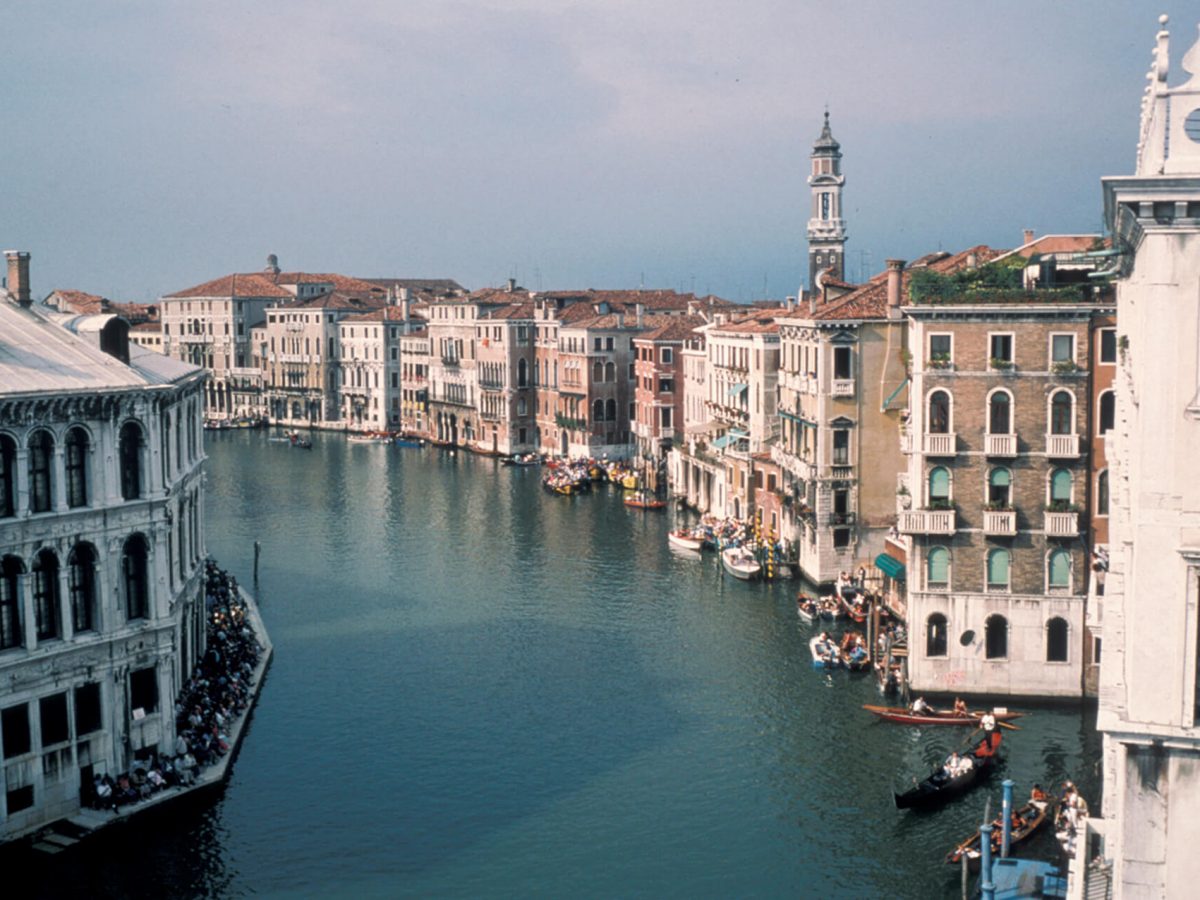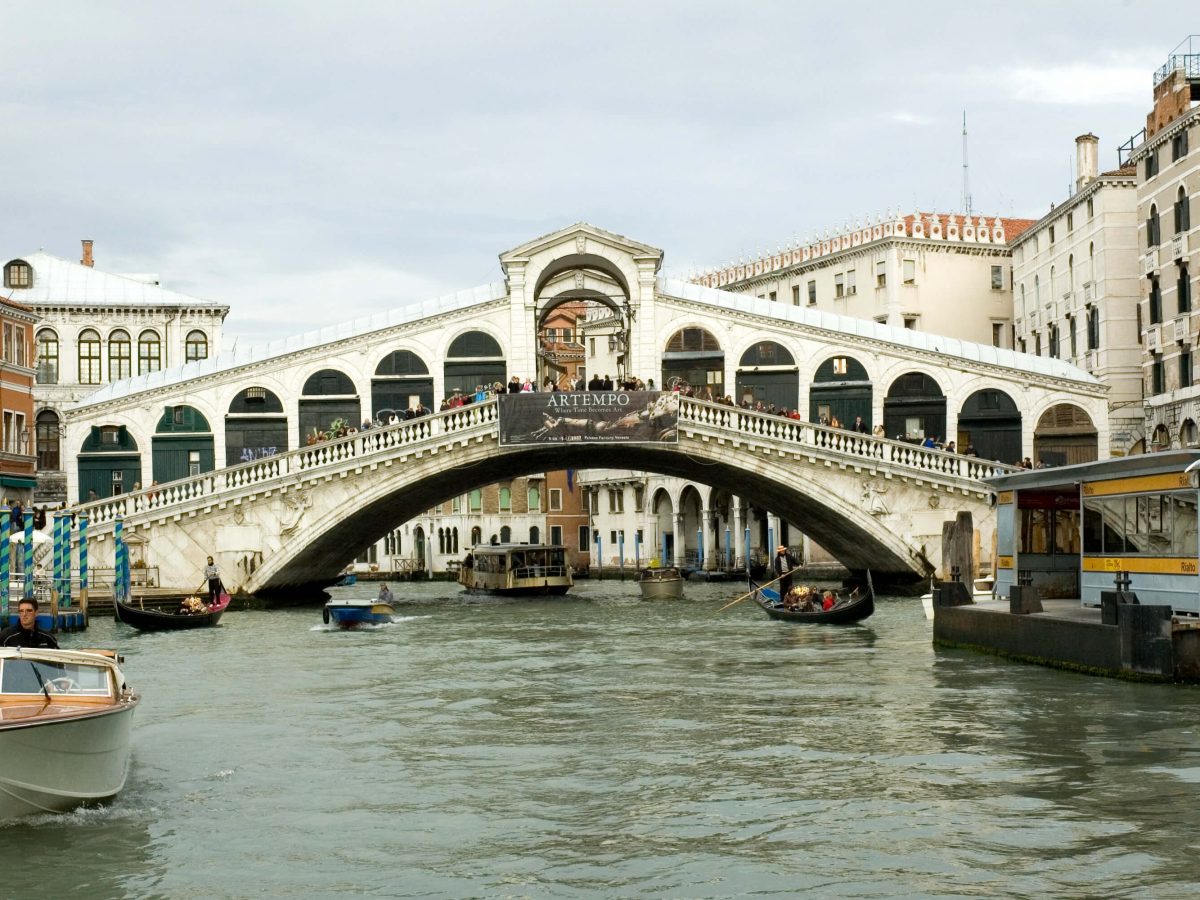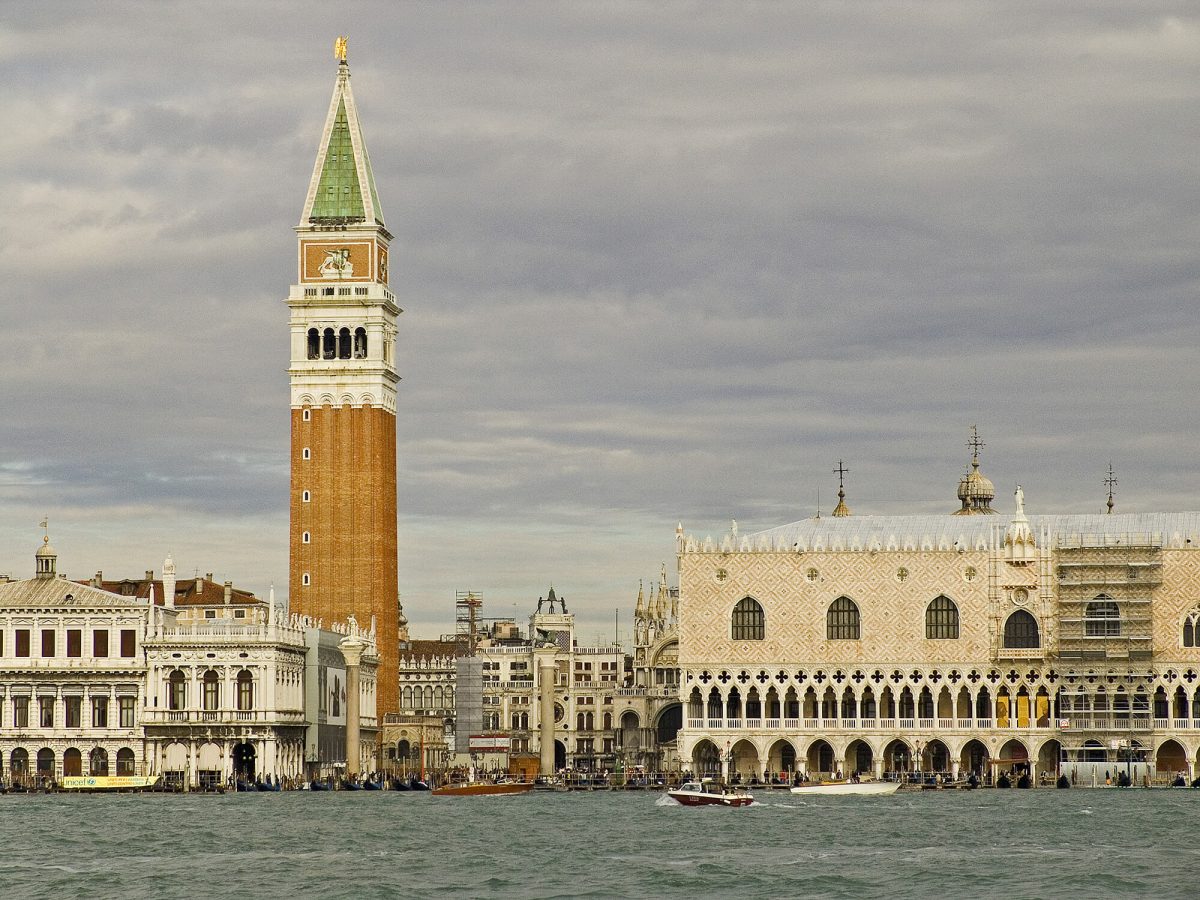The UNESCO World Heritage property comprises the city of Venice and its lagoon situated in the Veneto Region of Northeast Italy. Founded in the 5th century AD and spread over 118 small islands, Venice became a major maritime power in the 10th century. The whole city is an extraordinary architectural masterpiece in which even the smallest building contains works by some of the world’s greatest artists such as Giorgione, Titian, Tintoretto, Veronese and others.
In this lagoon covering 50,000 km², nature and history have been closely linked since the 5th century when Venetian populations, to escape barbarian raids, found refuge on the sandy islands of Torcello, Jesolo and Malamocco. These temporary settlements gradually became permanent and the initial refuge of the land-dwelling peasants and fishermen became a maritime power. Over the centuries, during the entire period of the expansion of Venice, when it was obliged to defend its trading markets against the commercial undertakings of the Arabs, the Genoese and the Ottoman Turks, Venice never ceased to consolidate its position in the lagoon.
In this inland sea that has continuously been under threat, rises amid a tiny archipelago at the very edge of the waves one of the most extraordinary built-up areas of the Middle Ages. From Torcello to the north to Chioggia to the south, almost every small island had its own settlement, town, fishing village and artisan village (Murano). However, at the heart of the lagoon, Venice itself stood as one of the greatest capitals in the medieval world. When a group of tiny islands were consolidated and organized in a unique urban system, nothing remained of the primitive topography but what became canals, such as the Giudecca Canal, St Mark’s Canal and the Great Canal, and a network of small rii that are the veritable arteries of a city on water.
Venice and its lagoon landscape is the result of a dynamic process which illustrates the interaction between people and the ecosystem of their natural environment over time. Human interventions show high technical and creative skills in the realization of the hydraulic and architectural works in the lagoon area. The unique cultural heritage accumulated in the lagoon over the centuries is attested by the discovery of important archaeological settlements in the Altino area and other sites on the mainland, which were important communication and trade hubs.
Venice and its lagoon form an inseparable whole of which the city of Venice is the pulsating historic heart and a unique artistic achievement. The influence of Venice on the development of architecture and monumental arts has been considerable.



